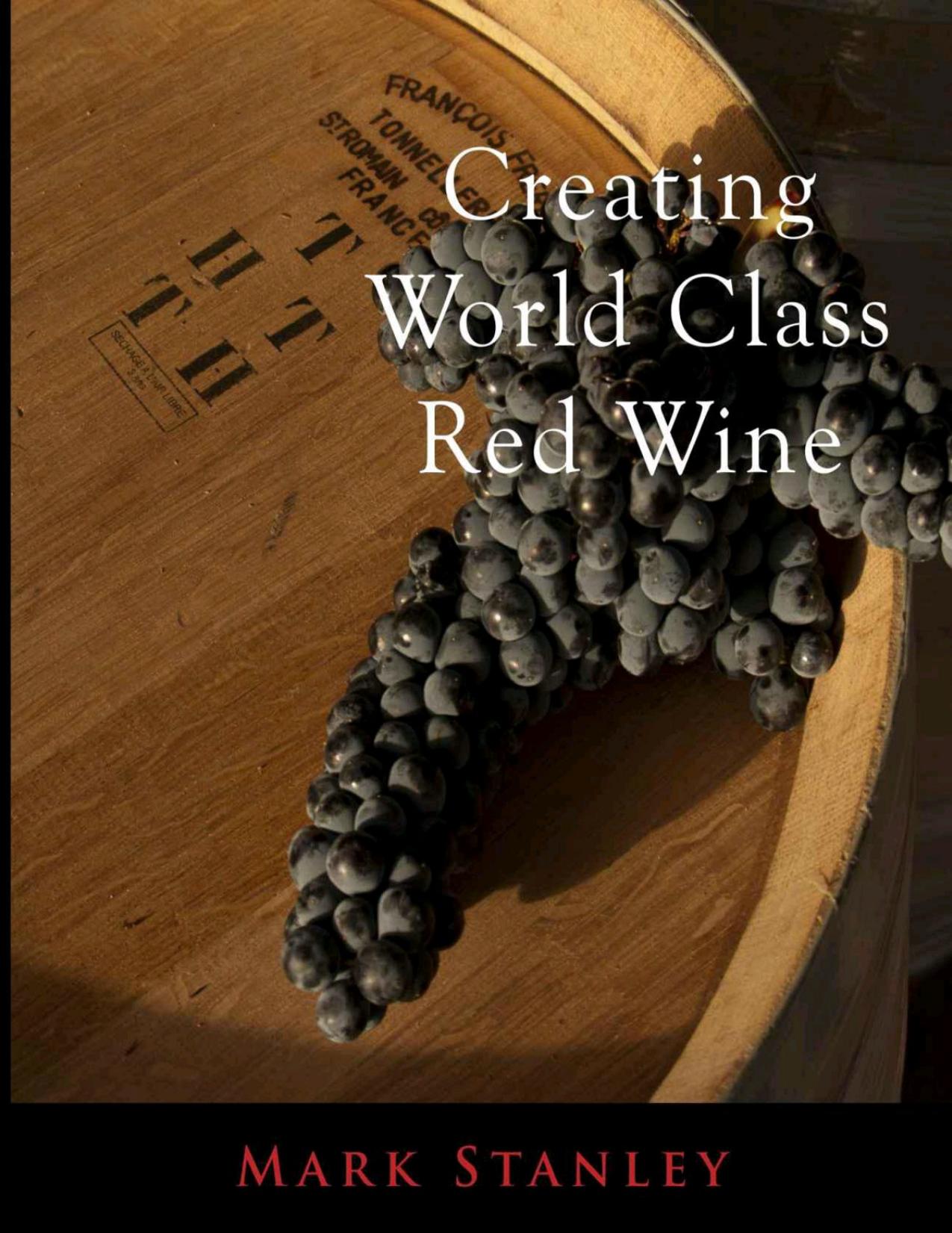Creating World Class Red Wine by Stanley Mark

Author:Stanley, Mark [Stanley, Mark]
Language: eng
Format: epub, pdf
Published: 2014-09-14T21:00:00+00:00
Hydrometer Temperature correction
Before we are all bored to tears discussing the intricacies of hydrometers, we must mention temperature corrections. Hydrometers are calibrated to be accurate at a specific temperatures (The temperature is stated on the tool). Modern hydrometers are usually calibrated at 20C., while the older cheap ones are usually at 60F. You can adjust the temperature of your sample to match the hydrometer, or add .25 degrees Brix to the reading for each 9 degrees F. if the temperature of the must is higher than the calibrated temperature; if the actual temperature is below, deduct .25 Brix from the reading for each 9 degrees F.
When you use a hydrometer make sure the sample in your cylinder has no particulate matter in it. Strain if necessary. Insert the hydrometer carefully into the liquid and give it a little spin to dislodge bubbles before taking your reading at the meniscus level.
The beauty of the Brix scale is it is, for all practical purposes the same as % sugar; If you get a Brix reading of 15 Brix in unfermented apple juice, the juice contains 15% sugars.
The optimal range for wine grapes is from 23-25 Brix, but good wines are made from as low as 20 Brix (some Burgundys), and as high as 27 Brix (some Zinfandels). A wine must starting at 23 Brix will yield a wine a tad higher than 12%, and a must that is initially 25 Brix will make a wine at about 13.7%.
Styles, varietals and opinions vary as to how much alcohol is optimal in a wine. 14% alcohol in a finished Pinot Noir can overpower the delicacy of the wine, while a late harvest Zinfandel at 16% is considered acceptable, because we expect to taste the alcohol in a wine-style that expresses Port-like characteristics.
Sugar Adjustments
What does one do if the sugars in a must are lower or higher than optimal? (23-25 Brix). Adjustments can be made.
Download
Creating World Class Red Wine by Stanley Mark.pdf
This site does not store any files on its server. We only index and link to content provided by other sites. Please contact the content providers to delete copyright contents if any and email us, we'll remove relevant links or contents immediately.
| Automotive | Engineering |
| Transportation |
Whiskies Galore by Ian Buxton(41514)
Introduction to Aircraft Design (Cambridge Aerospace Series) by John P. Fielding(32876)
Small Unmanned Fixed-wing Aircraft Design by Andrew J. Keane Andras Sobester James P. Scanlan & András Sóbester & James P. Scanlan(32560)
Craft Beer for the Homebrewer by Michael Agnew(17920)
Turbulence by E. J. Noyes(7683)
The Complete Stick Figure Physics Tutorials by Allen Sarah(7127)
Kaplan MCAT General Chemistry Review by Kaplan(6572)
The Thirst by Nesbo Jo(6425)
Bad Blood by John Carreyrou(6261)
Modelling of Convective Heat and Mass Transfer in Rotating Flows by Igor V. Shevchuk(6216)
Learning SQL by Alan Beaulieu(6017)
Weapons of Math Destruction by Cathy O'Neil(5807)
Man-made Catastrophes and Risk Information Concealment by Dmitry Chernov & Didier Sornette(5631)
Digital Minimalism by Cal Newport;(5364)
Life 3.0: Being Human in the Age of Artificial Intelligence by Tegmark Max(5169)
iGen by Jean M. Twenge(5145)
Secrets of Antigravity Propulsion: Tesla, UFOs, and Classified Aerospace Technology by Ph.D. Paul A. Laviolette(4964)
Design of Trajectory Optimization Approach for Space Maneuver Vehicle Skip Entry Problems by Runqi Chai & Al Savvaris & Antonios Tsourdos & Senchun Chai(4833)
Electronic Devices & Circuits by Jacob Millman & Christos C. Halkias(4731)
